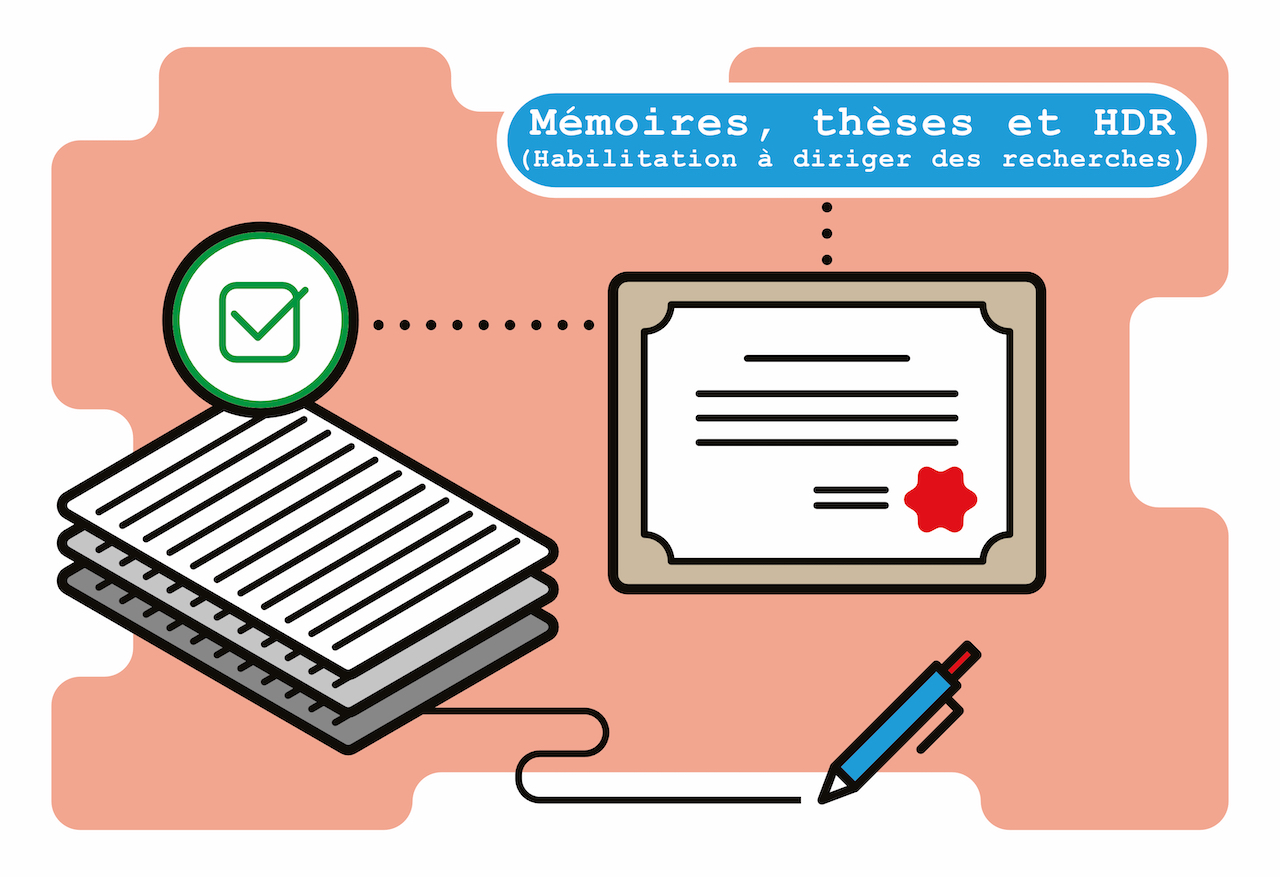Fiche du document
- ISIDORE Id: 10670/1.846ce1...
Mots-clés
Natural products Organic chemistrySujets proches
Pinnacles Orology Ridges, Mountain Ranges, Mountain Mountain ridges Peaks Mountain ranges Mounts (Mountains) Mountain peaks Summits (Mountains) Hills Orography Formation of corporations Incorporation--Law and legislation Federal incorporation Medical imaging Clinical imaging Noninvasive medical imaging Medical diagnostic imaging Imaging, Diagnostic Diseases--ImagingCiter ce document
M Robinson, « A novel fluorinated probe for medical imaging », Oxford Research Archive, ID : 10670/1.846ce1...
Métriques
Partage / Export
Résumé
Medical imaging is an important area of scientific research with the principle aim of accurately diagnosing diseases to guide more effective treatment. Magnetic resonance imaging (MRI) provides advantageous high spatial resolution and deep tissue visualization. However, 1H MRI can suffer from low signal-to-noise ratios due to strong background signals from abundant, endogenous molecules such as water and fat. 19F MRI overcomes this drawback by directly detecting administered 19F-labelled agents without any background signal. This thesis reports the design and development of a new fluorinated agent for medical imaging. The bacteriophage Qβ, which comprises 180 copies of its coat protein, was used as the scaffold for the imaging agent. The fluorinated amino acid trifluoromethionine (TFM) was incorporated into the Qβ coat protein by the sense codon reassignment method using auxotrophic E. coli. This marks the first example of introducing fluorine into a virus by genetic modification. Reports of previous attempts to incorporate TFM into proteins have shown low to good incorporation levels (the maximum being 82%). Here, extensive optimisation of the protein production conditions resulted in unprecedentedly high incorporation levels (96%). Analysis of the modified Qβ-F by agarose gel electrophoresis, dynamic light scattering and transmission electron microscopy showed the coat protein self-assembles into virus-like particles (VLPs), essentially indistinguishable from the wild-type Qβ VLPs. The intact Qβ-F VLP gave no 19F NMR signal. This was rationalised in terms of the VLP’s high molecular weight and resulting fast transverse relaxation. Stimulating disassembly of the VLP by addition of dithiothreitol (DTT), sodium dodecyl sulphate (SDS), or a combination of the two resulted in the development of 19F NMR peaks. Multimers and monomers of the disassembled Qβ-F were distinguished by 19F NMR and 19F DOSY. This result was verified by measuring the 19F NMR of a prepared sample of alkylated Qβ-F monomer and comparing its chemical shift value with that of peaks from the 19F NMR of the disassembled Qβ-F VLP. Finally, initial in vivo experiments were carried out in order to investigate the biodistribution of the Qβ-F particle. After injection of Qβ-F VLPs into rats, organs were dissected and homogenized. The Qβ-F particle was found to accumulate predominantly in the liver. 19F NMR of the liver after sucrose density gradient ultracentrifugation only showed a signal on incubation with DTT, demonstrating that the Qβ-F particle remained intact in vivo.
